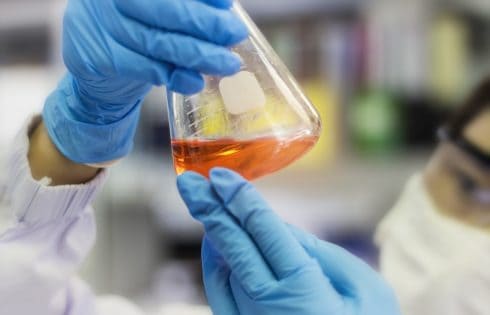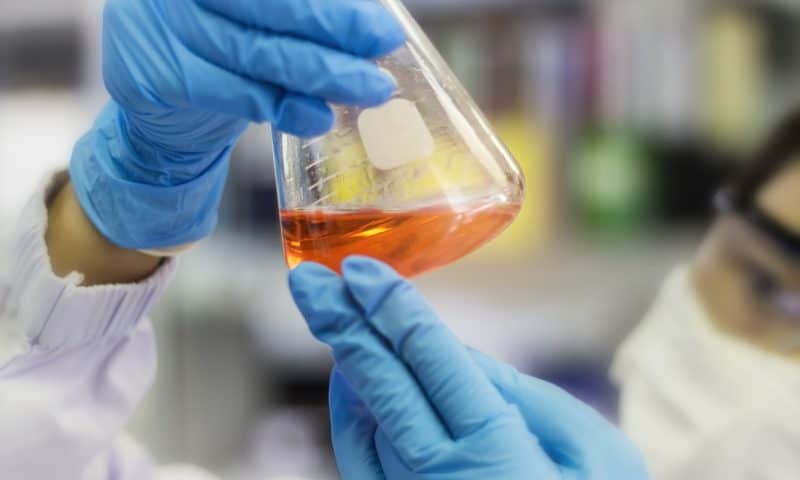
The buffers used in downstream purification play a critical role in drug manufacturing. However, they can be expensive and difficult to manage. Now, a novel approach called “electrified purification”—developed by Nyctea Technologies—offers an alternative.
Electrified purification is based on a conductive polymer that changes in response to electric signals. These changes can help control chromatography more effectively than buffer-based approaches, says Nyctea CEO and founder, Gustav Ferrand-Drake del Castillo.
“Think of it as a polymer coating that instantly goes from being sticky to anti-fouling by electric impulse,” he tells GEN.
“The advantages are that you can run this purification entirely in a neutral pH buffer of your choice and remove problematic elution buffers. For instance, imagine replacing low pH buffers used in the purification of mAbs in protein A, or imidazole used to purify His-tagged proteins.”
Nyctea claims the approach significantly increases yields—the firm’s current record is a 600% bump compared with commercial chromatography systems.
The use of electrical impulses also speeds up the purification process, Ferrand-Drake del Castillo says, explaining that “instant millisecond switches reduce the cycle time and use of raw materials by replacing elution chemicals and reducing water use by up to 60%.”
He adds, “Our coating is compatible with Protein A, meaning we can attach ligands to make the coating ultra-specific. We are also working on a version of the product that is ligand-free, meaning highly efficient ion-exchange with extremely high specificity without requiring an affinity ligand. This is still early in development, but we are convinced we can get there.”
Partnerships
Nyctea, a spinout from Gothenburg’s privately-owned Chalmers University of Technology, was founded in 2020 to commercialize electrified purification. At present, the focus is on finding ways to use it at scale.
Ferrand-Drake del Castillo says: “The material science behind Nyctea purification was invented four years ago and we are still early in a rapid learning curve.
“This means we have not yet developed large-scale off-the-shelf products, and still need to validate many industrial use-cases to build the necessary data for industry-wide adoption of the technology. However, we already have use cases where we exceed existing commercial products in performance, which is exciting considering that our product is still in its infancy,” he adds.
And the technology has already attracted biopharmaceutical industry interest. In January, Nyctea partnered with AstraZeneca to see if electrified purification could improve the Anglo-Swedish drug maker’s production processes.
“The collaboration focuses on improving the purification of next-generation advanced medicinal therapies. Our product is still at a developmental stage, meaning that the product is currently only suitable for research and process development. The strategy is to advance our products toward commercial biomedicine production as quickly as possible to impact production costs and, thereby, provide patient accessibility to the next generation of biologics,” says Ferrand-Drake del Castillo. “We have other undisclosed industrial customers. We have ongoing conversations with multiple other drug companies to initiate partnerships.”

